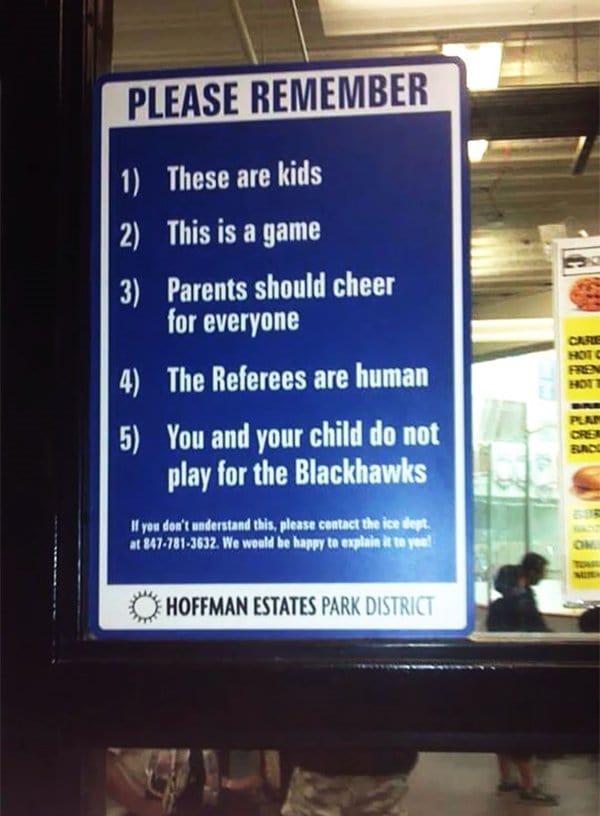
54:9-6 for the failure to file or make estimated payments. Estimated tax payments are due on April 15, June 15, and September 15 of the tax year and on or before January 15 of the succeeding tax year.Īn entity that does not have a prior year tax liability will not be penalized under the safe harbor provisions in N.J.S.A. The pass-through entity’s tax return is due on the 15th day of the third month after the close of the tax year i.e. The annual election will be made on or before the original due date of the entity’s return on forms prescribed by the Division of Taxation. The election must be made each year by all owners of the pass-through entity or by an officer or member who is designated under the law or the entity’s organizational documents with the authority to make the election for all members. “Distributive proceeds” means the net income, dividends, royalties, interest, rents, guaranteed payments, and gains of a pass-through entity, derived from or connected with sources within New Jersey. Single member limited liability companies and sole proprietorships may not elect to pay the Pass-Through Business Alternative Income Tax. The entity must have at least one member who is liable for tax on their share of distributive proceeds pursuant to the New Jersey Gross Income Tax Act, N.J.S.A. federal S corporations that have made the New Jersey S corporation election and.

Pass-through entities included under this law are: The owner(s) may then claim a refundable tax credit for the amount of tax paid by the pass-through entity on their share of distributive proceeds.

However, the law allows pass-through entities to elect to pay tax due on the owner’s share of distributive proceeds. For New Jersey purposes, income and losses of a pass-through entity are passed through to its owners. P.L.2019, c.320 enacted the Pass-Through Business Alternative Income Tax Act, effective for tax years beginning on or after January 1, 2020. Pass-Through Business Alternative Income Tax Act Pass-Through Business Alternative Income Tax Act.


The overhead pass is preferred because it has more arc and more power so it’s not as easily deflected or stolen by the defense. This typically means the ball needs to travel over multiple defenders, where a chest pass may be intercepted and a bounce pass isn't an option. Overhead passes can also be used when you are passing the ball from one side of the court to the other within a half-court possession. This may be after a rebound or turnover when your team is looking to fast break, or it could be after the other team scores and you’re making an inbounds pass.Įither way, the overhead pass can serve to get the ball up the court much quicker than by dribbling or throwing a shorter pass to a closer teammate.Ĭ. If a defender is close enough that you’re unable to throw a chest pass or bounce pass, your only option may be to pass the ball directly over the defender’s head.Īnother common situation where players should use an overhead pass is when they need to make a long pass down the court. Here are 3 examples of times throughout a game where an overhead pass is a good idea: Step #1 - Is it the correct time to use one?Įspecially for younger players, it can be difficult to determine which type of pass should be thrown in which situation.


 0 kommentar(er)
0 kommentar(er)
